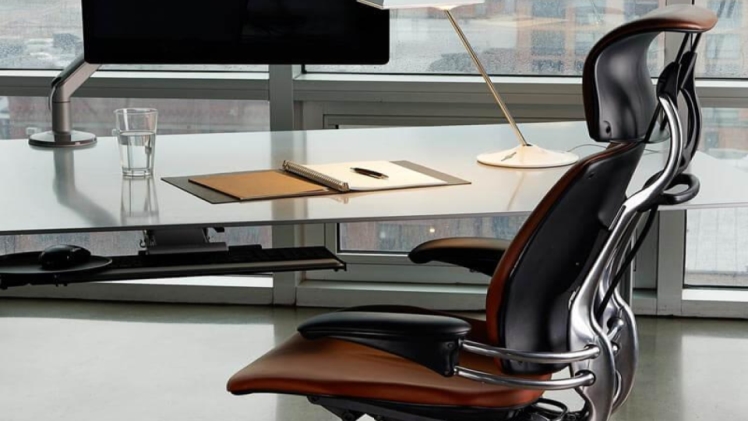Recent studies show that Australians sit an average of 10 hours every day. Sitting for more than four hours daily can cause negative effects on leg muscles, blood pressure, and calorie burning. The Australian government reports around one-third of Aussies have high blood pressure. If you’re required to sit at work, you can address the situation with an Ergonomic Office Chair. There are various factors to consider, including the following:
Seat Height
While an adjustable seat can improve ergonomics, it’s one of the various factors to weigh. For example, it’s also important for the adjustability to be easy so you won’t spend lots of time making the seat higher or lower, for example. An air pressure-powered adjustment lever provides easy operation.
Look for seats that range from about 40 to 53 cm off the floor, which is ideal for most office workers. They can keep the feet on the floor while keeping thighs level and arms level with the desk height.
Seat Width/Depth
It’s important for the seat to have enough of both factors, so the desk worker is as comfortable as possible. The standard width is about 43 to 50 cm.
Meanwhile, the depth should also be high enough. This allows the user to place their back on the office chair’s backrest, while providing some space between the knees’ backside and the chair’s seat.
Finally, the seat’s forward/backward tilt should also include an adjustability feature.
Backrest
When selecting an office chair, make sure it’s about 30 to 48cm wide. If the chair’s backrest is a separate piece, then verify you can adjust it for height and angle. Make sure it supports the spine’s natural curve, including the lower back.
Meanwhile, if the backrest and seat are one piece, make sure you can adjust for forward and backward angles. Check for a locking mechanism to prevent it from moving too far backward.
Armrests
When checking an office chair’s ergonomics, make sure the armrests are adjustable. This will help to keep the arms comfortable and shoulders relaxed. The forearms should not sit on the armrest while a person is typing. Meanwhile, the elbows and lower arms ought to rest lightly.
Lumbar Support
Studies show that one in six Australians have back problems, which often includes lower back pain. When selecting an ergonomic chair, it’s critical for it to provide enough lumbar support.
The lumbar spine maintains an inward curve. Thus, sitting for long periods without enough support can result in slouching, which flattens the lumbar’s natural curve. It also puts a strain on the lower spine’s structures.
When picking an ergonomic chair, it’s important to provide height and depth adjustments for lumbar support. This provides enough support for the lower back so office workers can remain comfortable during the day.
Seat Material
Check to make sure a chair has enough padding and is comfortable for sitting for an 8-hour shift, for example. Breathable cloth fabric is generally comfier than a hard surface.
Swivel
All ergonomic seats should be easy to rotate. This allows the workers to reach various items on the desk using little effort.
Today more companies are focusing on the importance of ergonomic furniture. This includes an Ergonomic Office Chair. Some of the factors to consider when selecting a chair include the backrest, armrest, and adjustability. Such factors and others can help to keep your workers comfortable, healthy, and productive.

